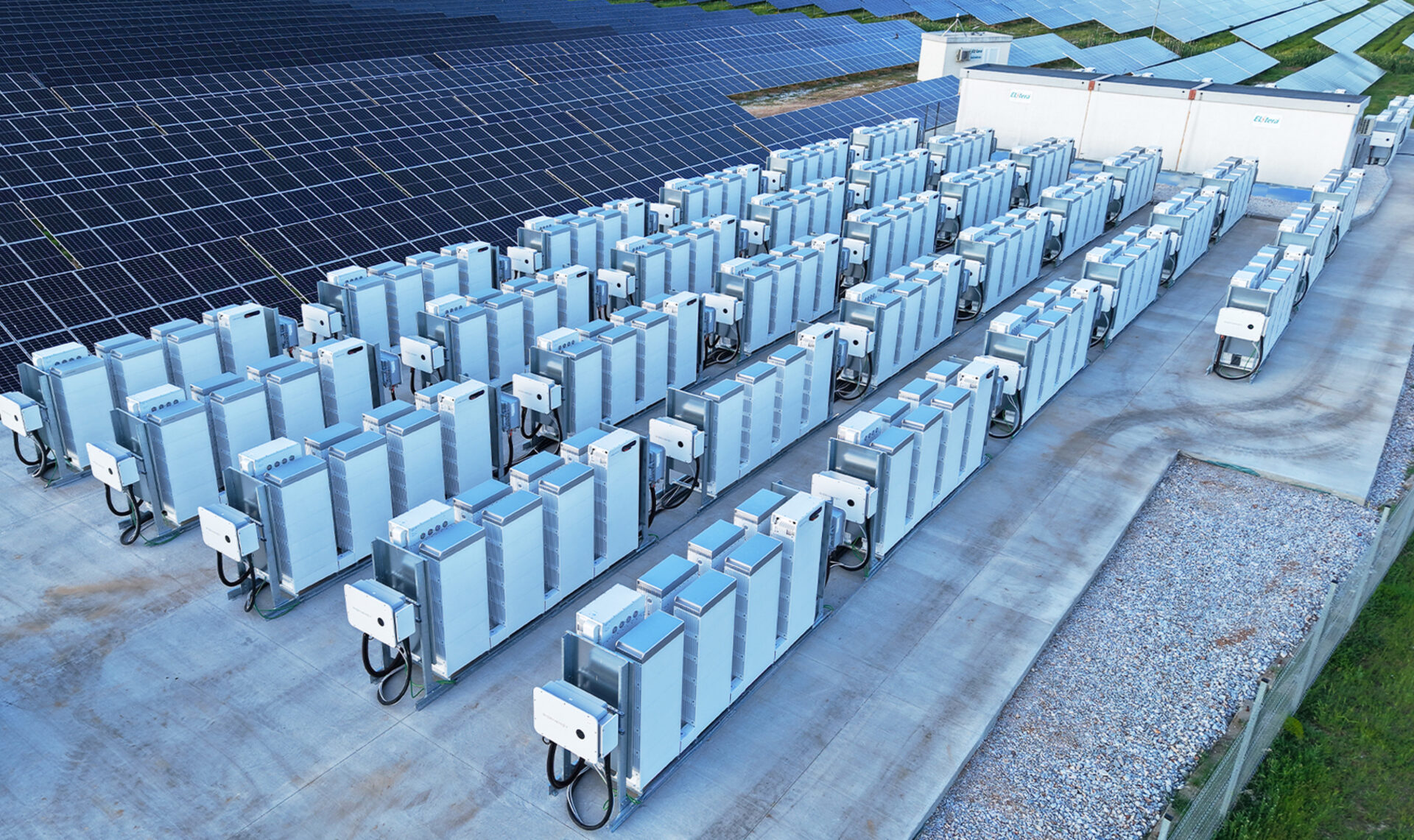Australia’s renewable energy industry gathered in full force for the All Energy event on Oct. 23-24, proving that renewables and energy storage are booming Down Under. With over 15,000 visitors and 400 exhibitors from more than 75 countries, the event showcased the massive influence of the solar and energy storage sectors in Australia and beyond. Attendance and international representation soared, up 95% from 2023, making this year’s event a regional powerhouse.
Here were our five key takeaways:
1. A Diverse Marketplace
Australia’s renewable energy journey has evolved in waves: large-scale wind, then booming rooftop solar, followed by utility solar, and now utility-scale battery energy storage (BESS) in 2024. Big BESS is currently leading, but diverse clean tech opportunities provide resilience across segments even if one slows.
As of this September, 4 GW of large-scale BESS had broken ground around the country, alongside 1 GW of solar, including major projects like Queensland’s 376 MW Broadsound project with co-located battery storage. Together with wind, 2024 is set to reach nearly 6.5 GW of new large-scale projects. In residential, rooftop solar shows steady growth with battery attachment rates climbing over 20%, boosted by supportive policies, falling lithium-ion prices, and more options for homeowners.
The show floor at All Energy 2024 also highlighted the rise of heat pumps and EV chargers, reflecting a push for electrification across residential, commercial, and industrial segments. With fossil fuel prices high and policies like Victoria’s new gas ban, switching to clean energy has never been more appealing.

2. Made in Australia
While Chinese solar and storage products remain popular in Australia due to its relatively close proximity, lack of tariffs, and deep industry ties, there’s a notable push for local manufacturing in 2024. South Australia’s Tindo Solar, which means sun in the local indigenous language, showcased its new Walara series, the first n-type panels made domestically. The company highlighted the module's durability and beefed up frame, ensuring that it can withstand Australia’s extreme conditions, as well as its ESG commitments, including a forced-labor-free supply chain.
Government support is also ramping up with programs like the Future Made in Australia Act and ARENA’s Solar Sunshot, which aim to boost domestic clean tech production. This topic was the focus of a conference session titled “Full throttle,” which saw Climate Change Authority Chair Matt Kean join think tank head Heidi Lee, along with Shane Murphy from Australian steel producer InfraBuild, and Peter Wheale from Nextracker, among others. With its abundance of iron ore, Australia is well situated to become a significant producer of low-emission or even green steel and steel PV project components like solar trackers. However, initial progress in establishing tracker manufacturing in Australia has hit roadblocks, Nextracker’s Wheale noted.
“From our perspective we want to work with government, investors, and steel suppliers to do what they did in the U.S., where they moved the entire supply chain [to domestic production] in two years,” said Wheale.
He reported that the production lines Nextracker has established in Queensland are currently idle due to a lack of demand on the back of higher prices for Australian-made components and stalled VRET projects.

3. Smart Software Solutions
Australian innovators are finding success with clean tech software solutions. Canberra-based RenewMap, has created a user-friendly platform that centralizes data on Australia’s wind, solar, and BESS projects, complete with geographical and resource layers. This tool provides crucial local insights to help renewable projects navigate bottlenecks in development.
At the “Full Throttle” session, Simon Currie from Energy Estate emphasized that local value creation extends beyond hardware to include software and services. “RenewMap is amazing,” he said. “It’s not all just about the steel.”


4. C&I Superpower Potential
The “renewable energy superpower” label for Australia rings especially true in the commercial and industrial (C&I) sector, where recent developments suggest immense potential. Serving C&I clients is complex due to procurement and project challenges, but new solutions are emerging.
Orkestra's software is gaining traction, helping companies illustrate the cost savings that solar, batteries, EV chargers, and heat pumps can bring to a commercial property. Additionally, Tesseract ESS, led by SwitchDin’s former CEO Andrew Mears, is using an innovative leasing model combining hardware, financing, and partnerships to expand clean energy access.
“There is still huge solar potential with farmed solar on factory roofs,” said Bruce Mountain, the Director of the Victoria Energy Policy Centre. Mountain authored a policy paper in August that examined measures that could be taken to incentivise rooftop PV and BESS on C&I sites – as a cost effective way to bring zero-emissions generation online without the need to extensively expand the electricity network.
“It’s a quick market based solution that doesn’t require much policy support to get going, because the economics of storage and solar are now very good,” said Mountain.


5. Is Two Days Enough?
With over 400 speakers and countless exhibitors, All Energy 2024 was packed. But the sheer size of the event raises the question: is two days enough? Extending the event to include more conference time could help attendees fully engage with the wealth of content on offer.
In summary, All Energy 2024 highlighted the growing diversity and strength of Australia’s renewable energy sector. Climate Copy, alongside our partners Positive Good, will be back to cover more of this exciting space.




